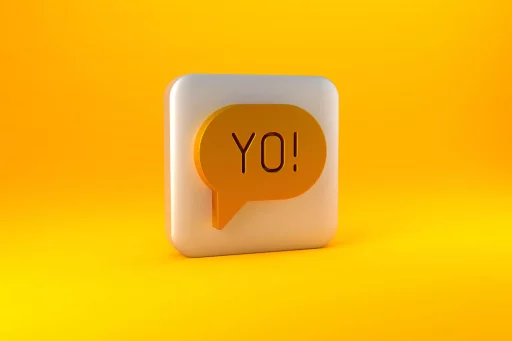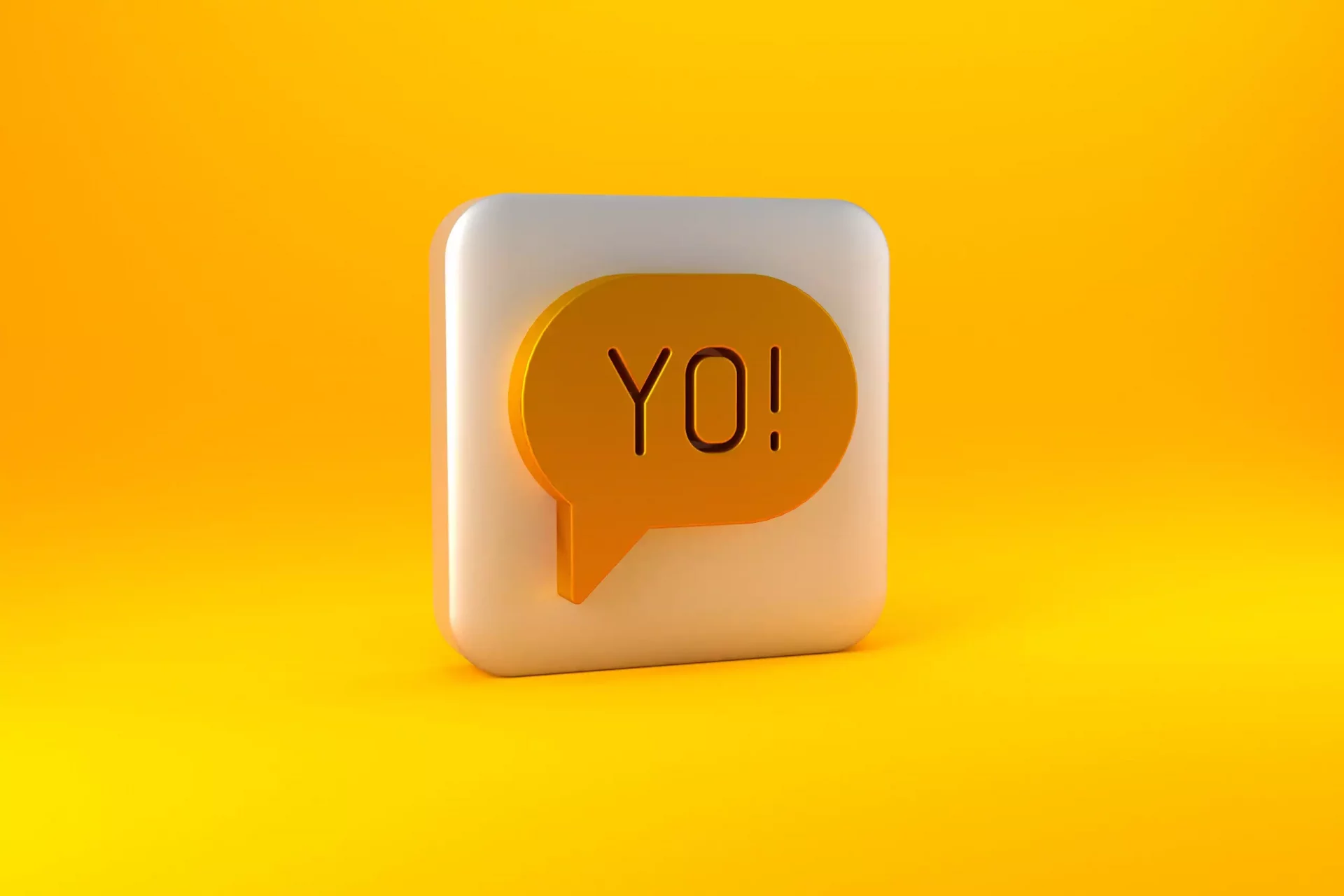Introduction to Surfing Slang
Surfing, more than just a sport, is a culture with its own unique language. Just as surfers catch waves, they also catch phrases that are intrinsic to their experience in the water. Surfing slang enriches communication among surfers, helping convey nuances in their shared passion for the ocean. Whether you’re a newbie or a seasoned pro, understanding surfing slang is essential to truly immerse yourself in the surfer lifestyle.
The Origins of Surfing Slang
The colorful language of surfing has evolved over decades, influenced by the coastal regions, local cultures, and, notably, the surfers themselves. The birthplace of modern surfing, Hawaii, gave rise to many terms still in use today. For instance, the word “surf” has Polynesian roots, derived from the Hawaiian word “he’e nalu,” meaning “to slide on water”.
Common Surfing Terms and Their Meanings
- Barrel: A wave that curls over itself, forming a tunnel. Catching a barrel is considered one of the ultimate surfing experiences.
- Stoked: A state of euphoria, particularly after a great surfing session. This term is widely used beyond the surf context.
- Gnarly: Originally used to describe something difficult or challenging, it’s now used to describe impressive or exciting waves.
- Wipeout: When a surfer falls off their board; not an uncommon occurrence!
- Session: A period spent surfing at a particular location designated for surfing.
Regional Variations in Surfing Slang
Just as surfing varies by location, so does the slang. Different coastal regions have their own terminology, influenced by local culture and sport. For example, in Australia, surfers might use terms like “shaka” (a hand gesture signifying friendship) while in California, you may hear phrases like “the grom” referring to a young surfer.
Case Study: Australian Surfing Slang
Australia has its own set of surfing slang that reflects its laid-back culture. Terms like “sick” (used to express excitement about a wave or surf session) and “sponger” (a person who rides on a bodyboard) are prevalent. It’s a prime example of how local vernacular shapes surfing slang. For instance, the use of the word “bail” in Aussie lingo often pertains to abandoning a wave, emphasizing the casual yet serious attitude of Australian surfers.
The Impact of Media on Surfing Slang
Movies, TV shows, and social media have played a significant role in popularizing surfing slang. Films such as “The Endless Summer” and “Blue Crush” introduced terms to wider audiences unfamiliar with the sport. Social media platforms like Instagram and TikTok have further amplified the reach of surfing slang, making it accessible to non-surfers, ultimately bridging community divides.
Statistics on Surfing and Its Language
The integration of slang in surfing culture can be seen in participatory statistics. According to the “National Sporting Goods Association,” as of 2022, over 3.1 million Americans engage in surfing regularly. Of this group, a significant 78% reported using slang when communicating about surfing, indicating its deep-rooted presence in the culture. Additionally, studies have shown that surfers who regularly participate in online forums or social media are 40% more likely to use surfing slang during conversations.
Conclusion: The Future of Surfing Slang
As the surfing community continues to grow globally, it’s likely that new slang will emerge, influenced by newer generations and ever-evolving cultures. Comprehending surfing slang not only enhances your communication but also deepens your connection to the surfing community. Whether you’re hanging ten or wiping out, embrace the language of the waves and ride the linguistic wave!


